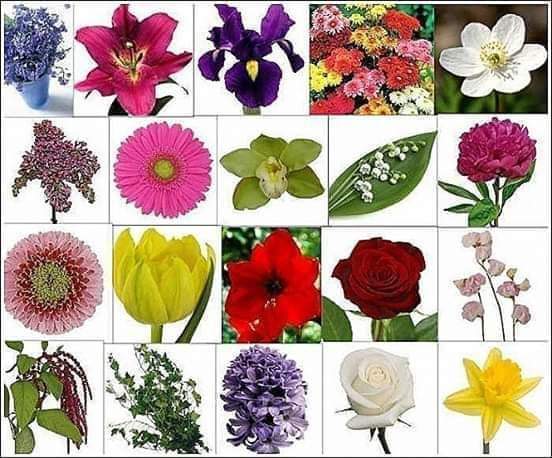Allah has not made anything useless. Everything has great qualities. It is a different thing that we do not know about these qualities. Flowers are beautiful to everyone. What other qualities are there in them? No. Let’s get acquainted with the fragrance of these flowers as well as their qualities.
To read comics articles: Click here COMICS Articles
Roses (rose)
This flower is called the king of flowers.Gulkand is prepared from this. Which is useful in the complaint of constipation. The cumin of its flower is ground in a quantity of five grams and is used to prevent diarrhea. Putting rose water in the eyes brings relief. Rose syrup is very useful in the complaint of nervousness.
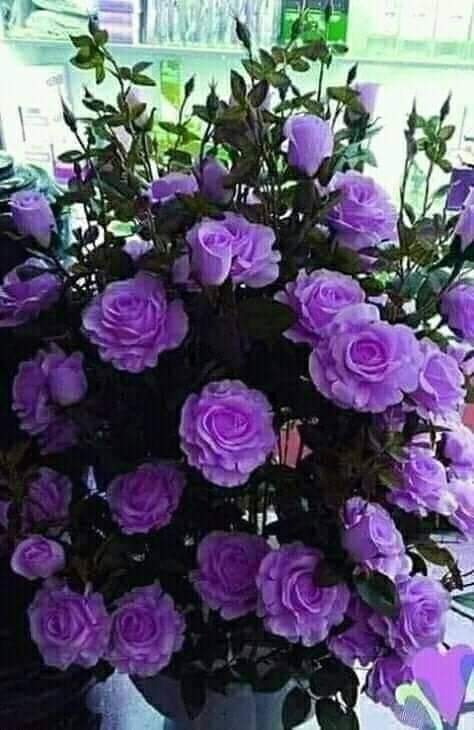
Gul Garhil (Hibiscus)
Its plant is often planted in gardens.Its flowers are deep red.Gul garhal makes the hair long and black, eating five grams of gul garhal in oil will eliminate burning and inflammation in the urine.Boiling the leaves of this flower in water and adding sugar is used in cough, sore throat and some urinary disorders. Consuming five grams of dry flower decoction daily in the morning is useful in dysentery and dysentery.
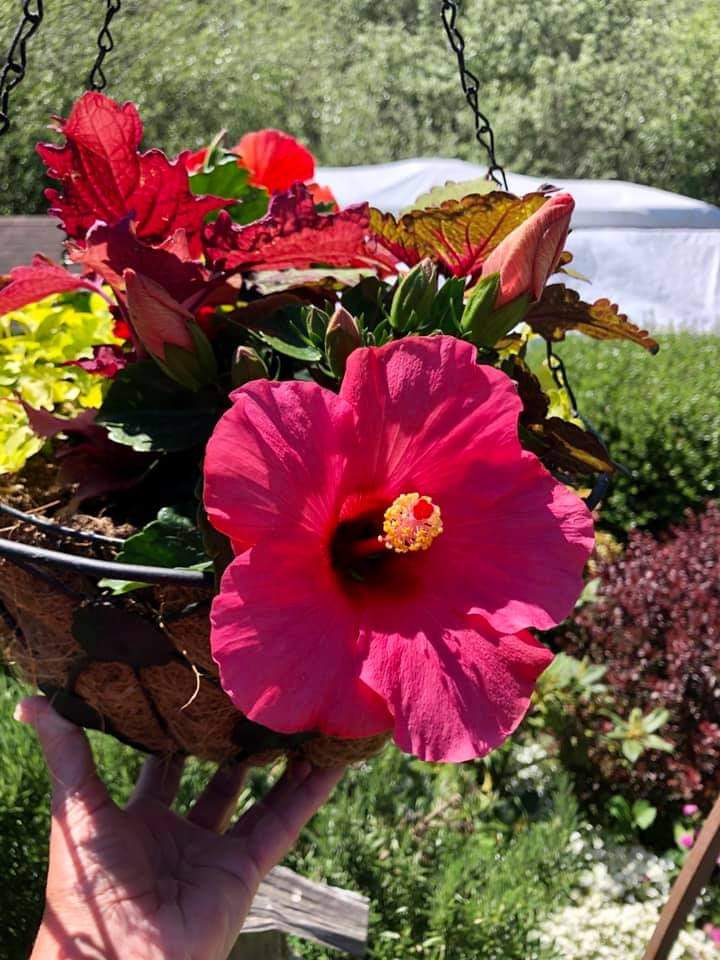
Gul Daudi (Chrysanthemum)
Kidney and bladder stones are removed by the use of this flower. Its ointment is very useful to eliminate severe phlegmon. 120 grams of daisies, sixty three grams of fennel and one and a half grams of zida in a white kot kirpani. Cook until everything becomes like an ointment. This ointment is useful for dissolving phlegm.
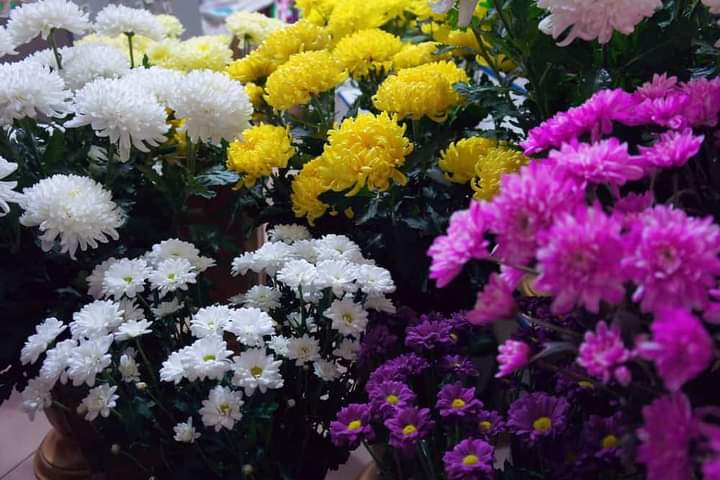
Sunflower (Sunflower)
It is also called sunflower.Because it always faces the sun.Although this is wrong.Mixing this flower in vinegar and applying it on the sciatica for seven days is beneficial.To get rid of stomach worms, two to four grams of its seeds should be given twice a day for two days.Use castor oil on the third day.

Gul Sadabahar (Periwinkle)
Its flowers are of two types. One is pink and the other is white. Grinding its leaves with henna leaves is beneficial in Karsh. It is useful in lung diseases and cough etc. To prevent diarrhea and dysentery, its fresh leaves are taken in twenty seven grams of water. It is very useful.According to modern research, its leaves have been found useful in diabetes.
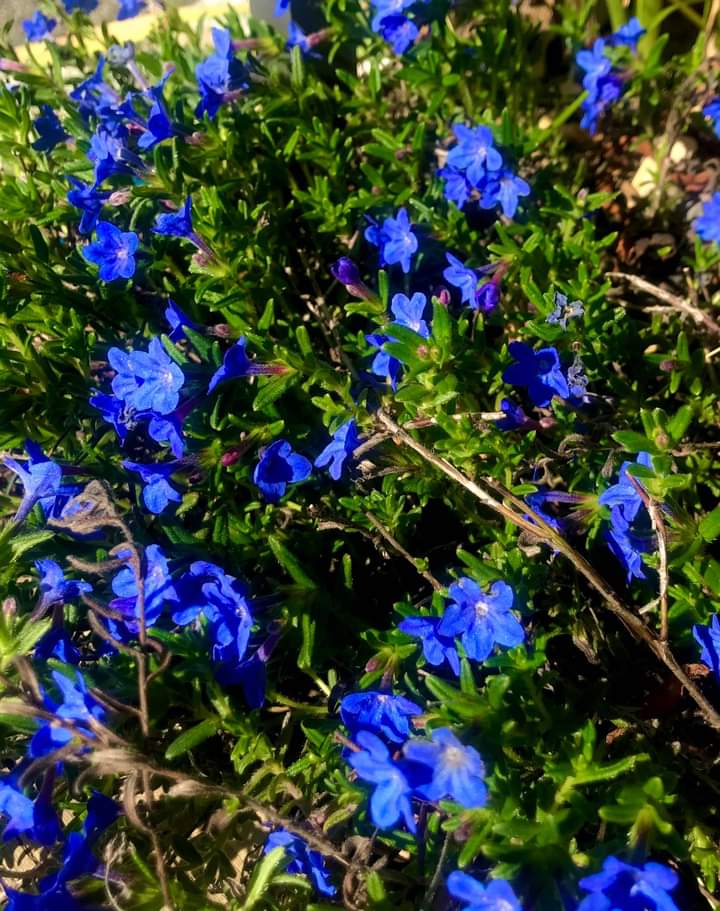
Conneer (Oleander)
There are two types of this tree, one with red flowers and the other with white flowers.The white type is less available and toxic. Making a paste of Kanir flowers and applying it on the face will bring out the color. Its flowers or leaves are finely ground and smelled like snuff to sneeze. And the blocked cold gets discharged and the headache goes away.It is useful in this kind of itching. Make a decoction of the leaves and cook olive oil in it so that the water burns and only the oil remains. This process is useful in such itching. Which has been for a long time and the skin has thickened due to itching
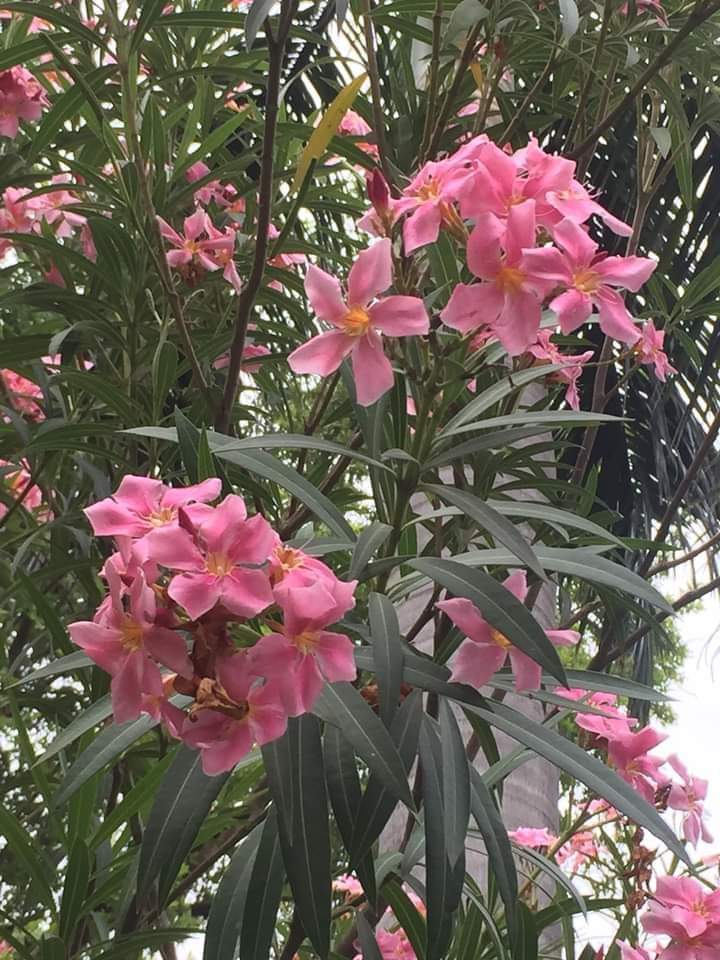
Nilofar (Water LILY)
Like the lotus, it also grows in water. These flowers are very beautiful. Some of these plants have flowers like this. Which open during the day and close at night, but some open only at night.
The lotus is found in the lakes of Kashmir. The colors of the flowers are different. Some are white, some are red and some are light blue or violet. Its leaves are round and very beautiful. Some of its varieties grow in hot areas. and in some cold regions.
Its flowers are very useful for strengthening the heart and brain. Its syrup has the best effects in heat disorders.
Heals intestinal wounds. It is very useful in bilious complaints. Nilufer’s root with red flowers is boiled and fed as food in hemorrhoids. Its extract is useful in summer cough, tuberculosis and rib pain. Its flowers produce a decoction that induces sleep and prevents headache.
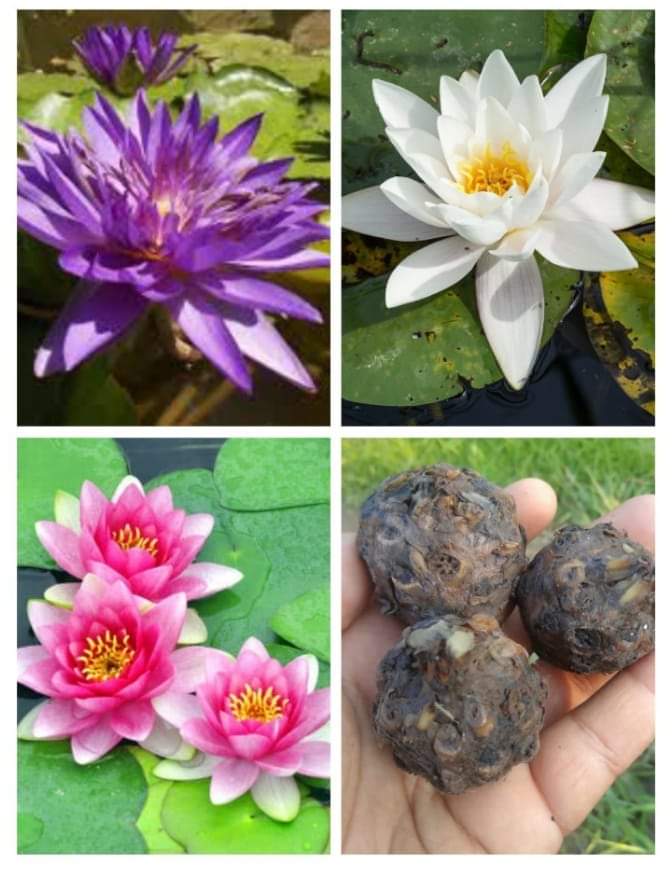
Gul Tasbah (Canna)
Tasbih is made from the seeds of this flower. Its stem is half a yard to three yards high, the leaves are similar to banana leaves but smaller than a banana, a branch emerges from the middle of the leaves and the flower grows on it. The seeds mature and turn black. These seeds are used in weakness of the heart. Patients with weak digestion are fed by cooking the root of this plant.There is a lot of starch in its root. This bread is digested quickly and makes digestion strong.
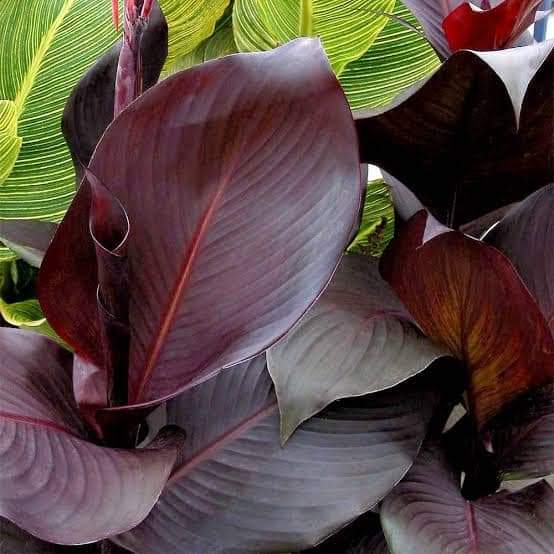
Gynda (Marigold)
It is also called Gul Sadbarg.
This flower is useful in Jaundice.
If a patient’s urine has stopped, then they drink it mixed with the juice of Egyptian lotuses.
In bloody hemorrhoids, the use of 10 grams of flower juice ground with five pieces of black pepper is beneficial and the bleeding of hemorrhoids stops.
This flower dissolves swelling and dries wounds.
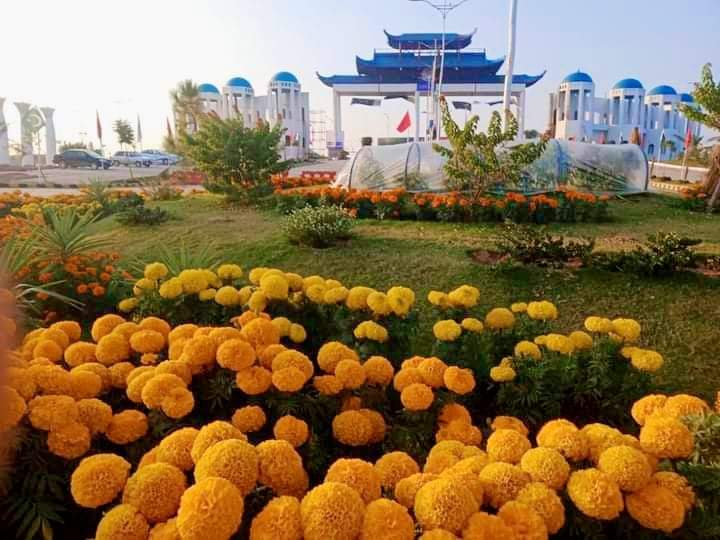
Nargis (Narcissus)
Our poets have used this flower as a metaphor for chaos.And it has been likened to a disturbing eyes. Its flower has six petals. If you have a flu due to cold, it ends by smelling this flower. In case of hair loss, applying this flower to the head is useful. By applying the flowers on wounds, their pus is cleared. To clean the black spots, grind narcissus seeds in vinegar and apply them.
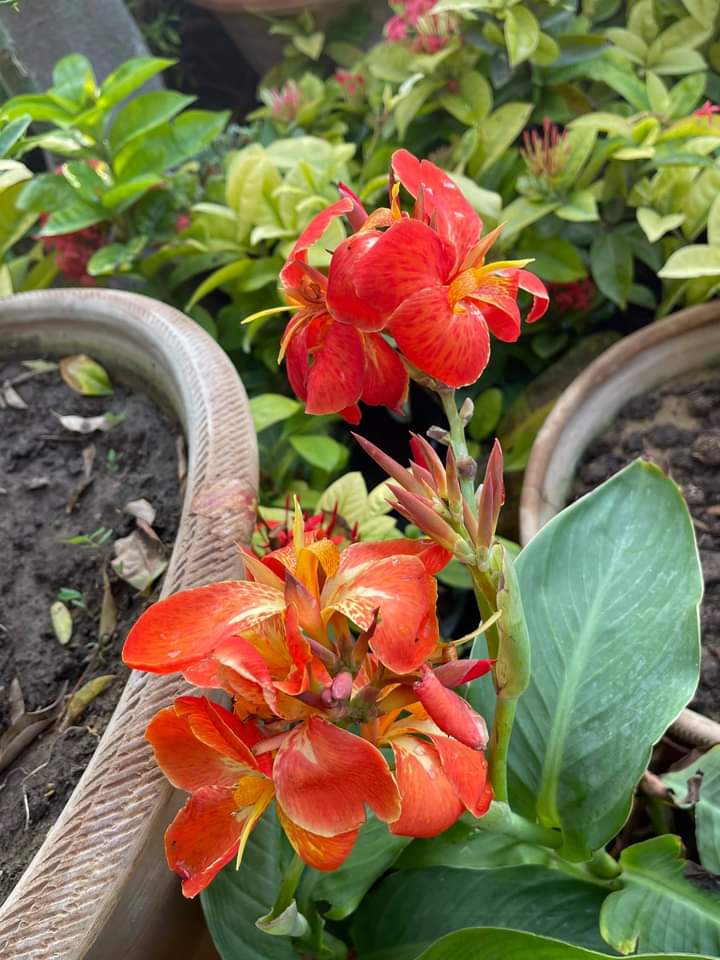
Kanwal (Lotus)
It is the flower of an aquatic plant found in ponds and lakes, and is considered very auspicious by Hindus. Underneath the flower are plum-like seeds called Kanwal Gatta.These seeds are eaten. They have a sweet taste. To prevent children’s diarrhea, grind the lotus root in water and give it to children to get relief. Giving muzkanol gutta in the amount of six grams is beneficial in circulation etc.

Gulnar(Carnation)
It is a flower of a tree. Its tree is similar to a pomegranate tree. Its tree bears very few fruits.Its flower is red in color. Some varieties have white and black flowers as well. This flower is useful in closing the joints.Beneficial for intestinal wounds and dysentery. By gargling it with excitement, it causes mild toothache. It is beneficial to rub its powder in mouth sores.
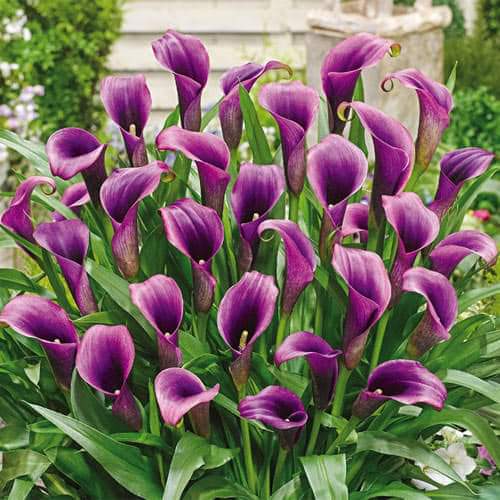
Chanbeli(Jasmine)
The flowers of Jasmine are of different colors like white, yellow and blue.White variety is very common, yellow and blue are less common.To remove the shadows, chenbili flowers are applied. His face is carved from his lap. And they get fresh face. An oil is made from the flowers of the Jasmine which is useful in itch, paralysis, conjunctivitis and dysentery. Chewing its leaves or rinsing it with sandalwood is useful for toothache and mouth ulcers.

Nag Phani (Cactus)
Nag Phani is also called Thohar. Its leaves are similar to Naag Phani, hence it is called Naag Phani. Its leaves have fine cuts. Its ripe fruits are crimson in color and taste sweet.This fruit is very useful for hemorrhoids.


